There are many museums dotting the territory of Cilento, a land rich in history, art, nature, and beautiful villages. What are the museums to visit in Cilento? From archaeology to art via paleontology and sea life, Cilento’s museum scene is one of the richest in Italy, and there are also some institutions that are unmatched elsewhere. Here are what are the 10 museums to visit in Cilento on a trip to learn about the culture of this area in depth.
It is located in Magliano Vetere and is the museum that houses the results of scientific research in the Cilento and Vallo di Diano National Park. Fossil material recovered in the Cilento area is displayed and is divided into four sections all centered on the paleontology of the area. There is an interesting reconstruction of a Cretaceous paleo-environment, as well as fossils from the sites of Monte Vesole and Magliano Vetere, dating back 75 million years in the first case and 95 million years in the second.
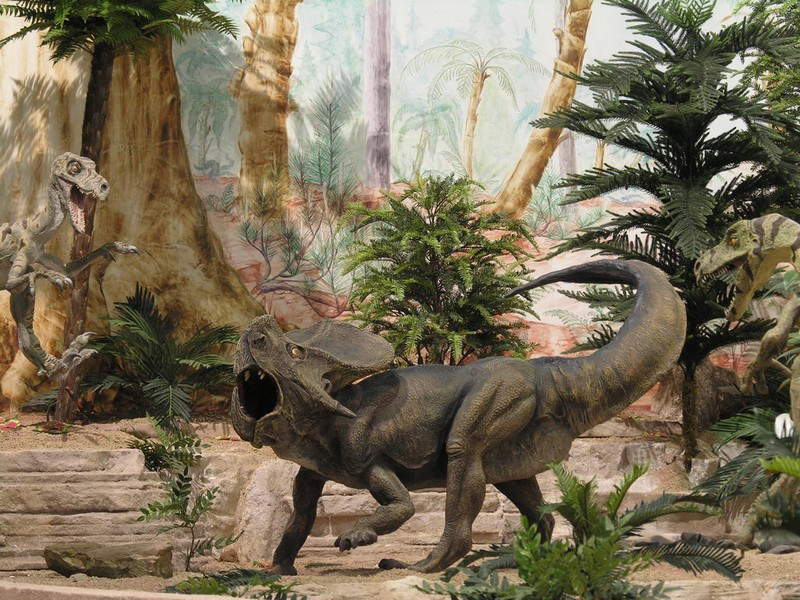
It is housed in the Palazzo Civico delle Arti in Agropoli and contains archaeological finds (amphorae, Greek vases, fragments of buildings) that tell the history of the area, in an exhibit created by the Municipality of Agropoli together with the Soprintendenza ai Beni Archeologici of the Provinces of Salerno, Avellino, Caserta and Benevento. There is also a marble sarcophagus, decorated with a Dionysian scene, and it is also possible to see some anchors from the Greco-Roman period.
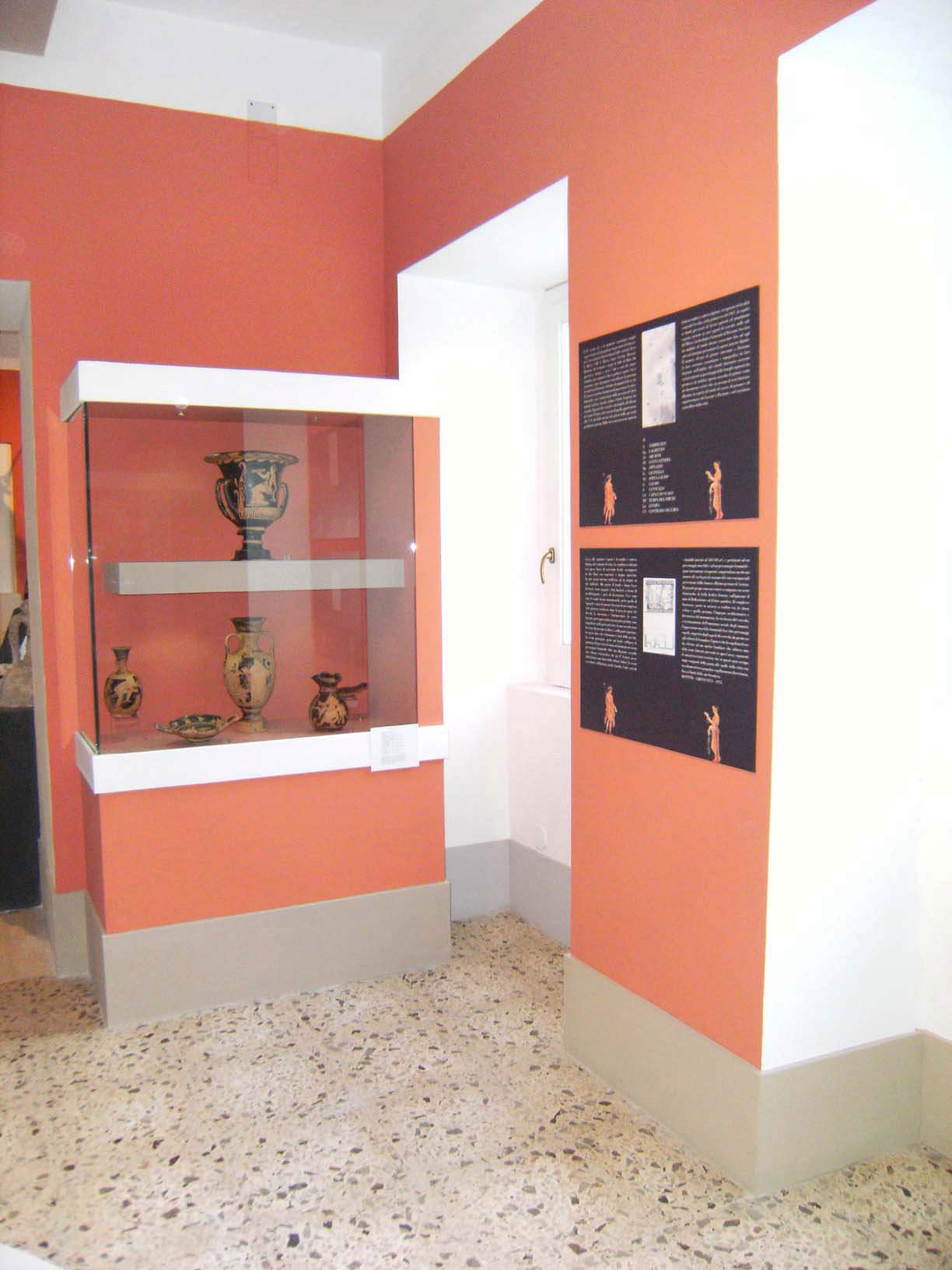
It was founded in 2005 by Monsignor Alfonso Maria Farina and is divided into four rooms that house works from churches in the area. The room that displays 110 nativity statuettes of Neapolitan craftsmanship that are concentrated in a time span from the 17th to the 19th century is curious. Highlights include the processional banner of San Costabile, made of silk embroidered in gold, and the 18th-century wooden Madonnas displayed in the fourth room. Also present is a selection of sacred silverware ranging from the 16th century to the late 19th century.
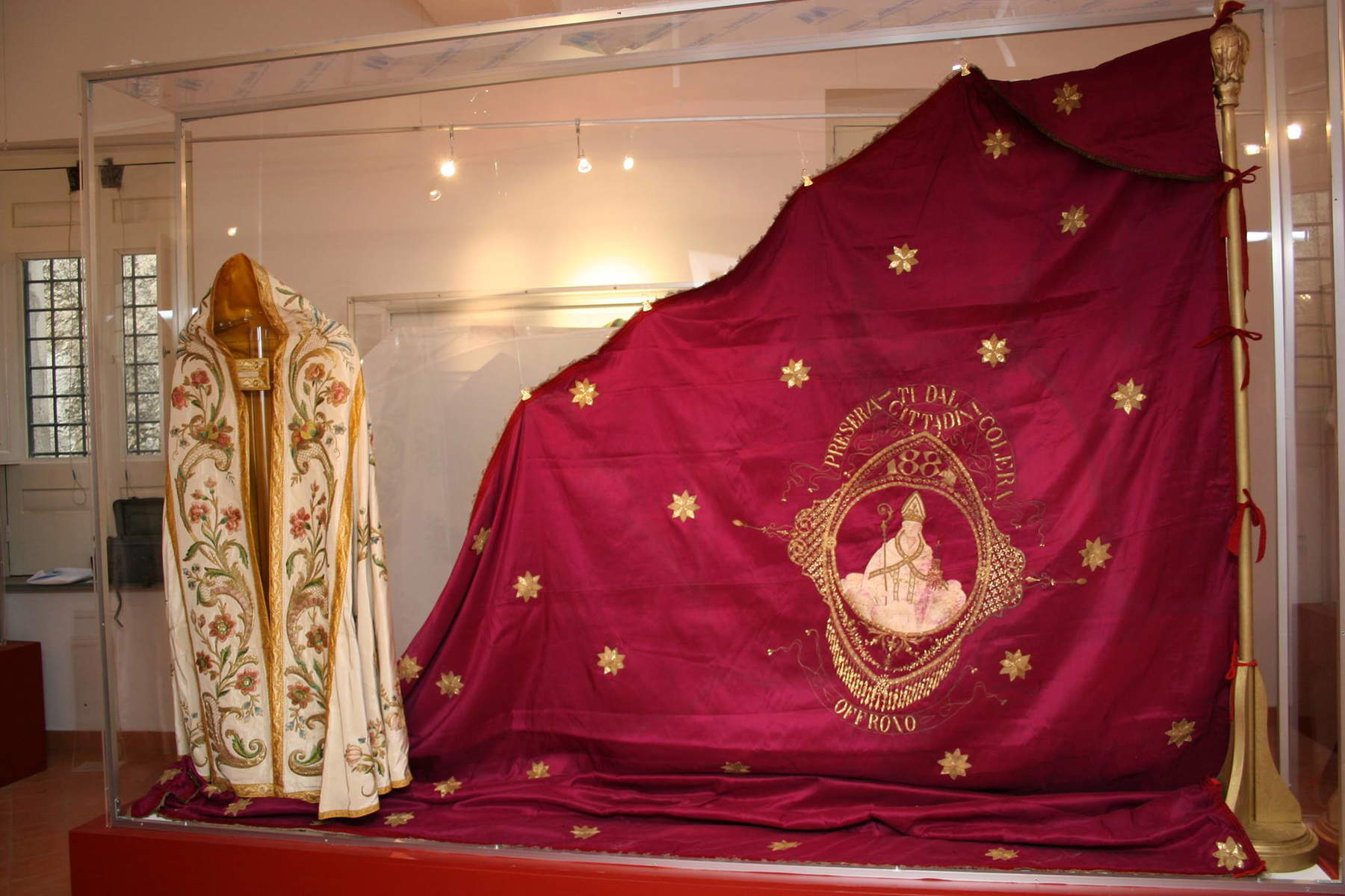
Managed by the Polito Foundation and named after Salerno soccer player Andrea Fortunato, who died prematurely at the age of only twenty-three of leukemia when he was playing for Juventus and had already counted a presence on the national team, the Soccer Museum is located in Santa Maria di Castellabate, a seaside hamlet of the Cilento municipality, and displays memorabilia donated by soccer teams, fans, soccer players, and photographers: more than 600 autographed jerseys, medals, balls, and material tracing the recent history of soccer with special reference to that of Napoli with the story of its scudetti can be seen.

A civic museum, archaeological museum, documentary museum and art gallery, the Eleousa Museum in San Mauro Cilento tells the story of this area of Cilento through works of art. One section investigates the Greek presence in the area after the fall of Constantinople at the hands of the Ottomans in 1453, while a selection of sacred statues from the 17th to the 19th century offers a glimpse into Cilento religiosity, and then again the picture gallery displays paintings by local artists of the 17th and 18th centuries, while of no less importance are the archaeological finds, particularly Lucanian ceramics from the 5th-4th centuries BC.

The Museo Vivo del Mare is located in Pioppi, a hamlet of Pollica, and is one of the best known and most visited museums in the Cilento area. Opened in 1998 and managed, since 2013, by Legambiente, it is housed in the ancient Palazzo Vinciprova and hosts an aquarium with thirteen tanks (including a tactile tank) where fish and marine animals typical of the Cilento coastline can be seen. On the upper floor of the Vinciprova Palace it is also possible to visit the Museum of the Mediterranean Diet, dedicated to the typical food of our country, with an exhibition room, a tisanria, workshops and, off-site, educational gardens.

This is one of the richest archaeological museums in the Cilento area and houses Lucanian archaeological finds from the 4th and 3rd centuries B.C., the most interesting of which are certainly the grave goods and elaborate jewelry such as the braided bracelet with snakes that is the symbol of the museum.

It is housed in the spaces of the San Pietro complex in Teggiano and counts on a complitely new layout created in 2018 to display works from the territory of the Diocese of Teggiano-Policastro. St. Peter’s, an ancient Roman temple converted into a church and now a museum, houses a collection of liturgical furnishings and works of art including the 16th-century Madonna of the Rosary attributed to Decio Tramontano, detached, 14th-century frescoes from the crypt of Santa Venera in Sant’Angelo, and stucco crucifixes. The Diocesan Museum of Teggiano also has a second location dedicated to the Lapidario Dianense, with medieval and Renaissance sculptures and architectural elements of great interest.

This is a unique museum in Italy since there are no other facilities in the country (and there are few in the world) entirely dedicated to what happens in the soil, that is, the first three meters of the earth’s surface where, as the museum states in its presentation, “there is a tumultuous activity, chemical, physical and biological, on which depends the landscape we inhabit, the food we eat, our very survival on the planet.” The Auletta Soil Museum relies on 1,500 square meters of exhibition space to discover all that goes on in the earth’s topmost layer, how soils are formed, what relationships they have with ecosystems and humans.
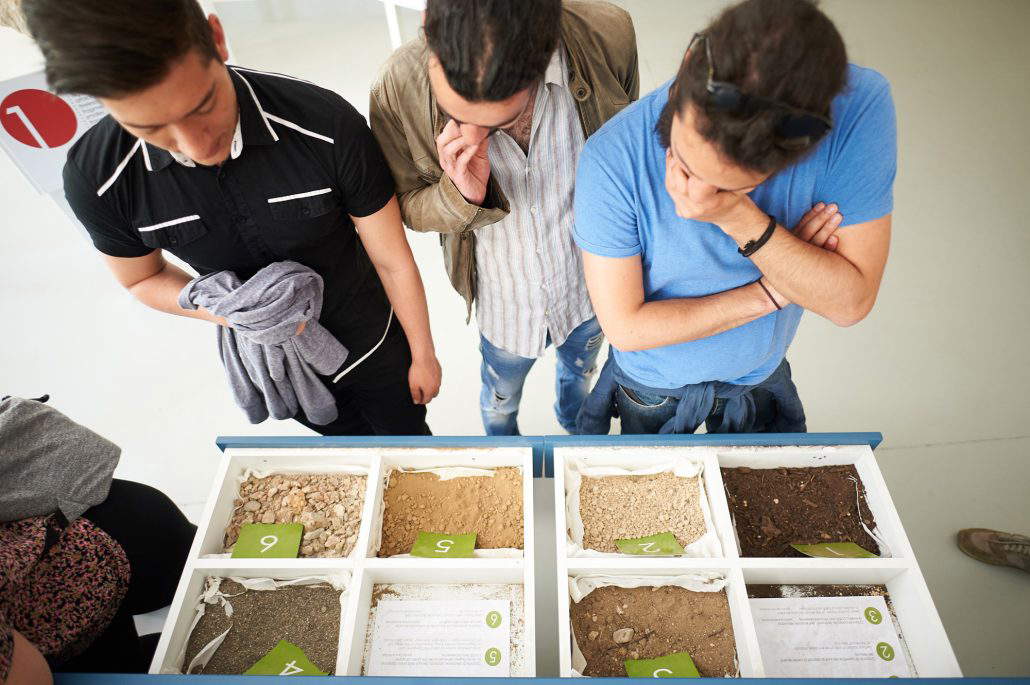
Established in 2001, the Ethnoanthropological Civic Museum of Montesano sulla Marcellana consists of fifteen rooms that tell the history of the area. They range from tools of traditional agriculture to those of handicrafts, passing through rooms that narrate how people lived in ancient times in these parts, both in private space (the house, with even a reconstruction of a traditional bedroom), and in public space (the stores, the market, commercial activities).
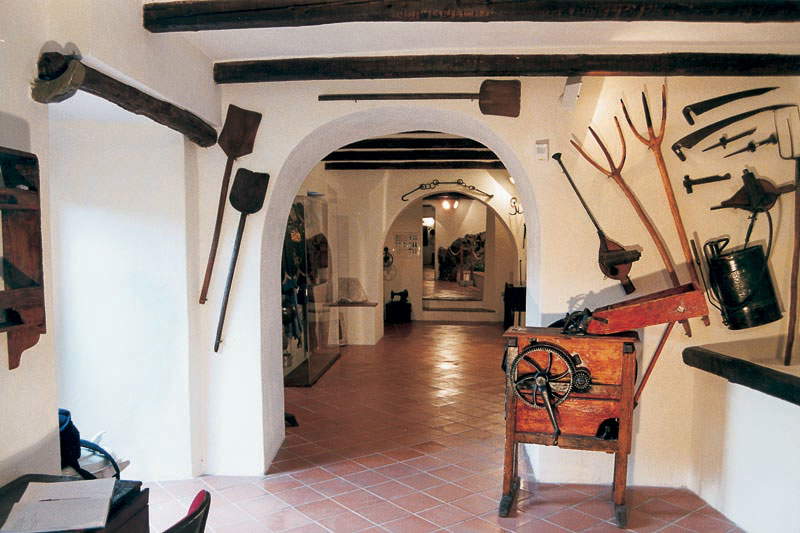
 |
| Cilento museums, which ones to visit: the 10 not to be missed |
Warning: the translation into English of the original Italian article was created using automatic tools. We undertake to review all articles, but we do not guarantee the total absence of inaccuracies in the translation due to the program. You can find the original by clicking on the ITA button. If you find any mistake,please contact us.